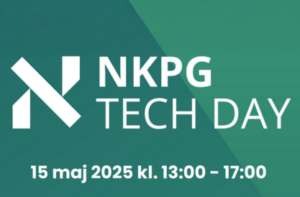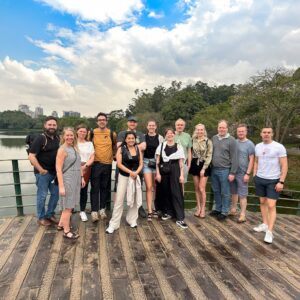”As manned and unmanned aircraft increasingly establish themselves in lower airspace, this represents a significant shift in the transport system. Drone technology is creating new possibilities and resources for a broad range of industries that typically do not engage in aviation. The practical challenges are numerous, but the opportunities are substantial.
Globally, efforts are underway to develop regulations and gain public acceptance of this concept.
Since 2014, the European Commission has been working to build a comprehensive EU policy on drones. Since then, several important steps have been taken, including regulations on the air traffic control system, U-space. The IAM concept aims to enhance accessibility in both urban and rural areas, with aircraft expected to be capable of taking off and landing outside traditional airports, in both controlled and uncontrolled airspace.
Alongside airspace infrastructure, new ground infrastructure is crucial for future developments in this field. While EASA – European Union Aviation Safety Agency is currently developing rules to ensure the use of take-off and landing sites, known as vertiports, discussions are ongoing about their design. In developing IAM, it is necessary to consider environmental, social, and economic aspects, both in Sweden and globally. In Sweden, the development of IAM should contribute to achieving transport policy goals.”
This is what Transportstyrelsen writes in its report: Innovative air mobility – The prerequisites for establishing IAM in Sweden
Read the entire report in its entirety via the link:
https://www.transportstyrelsen.se/sv/publikationer-och-rapporter/rapporter/Rapporter-luftfart/innovativ-luftmobilitet/















